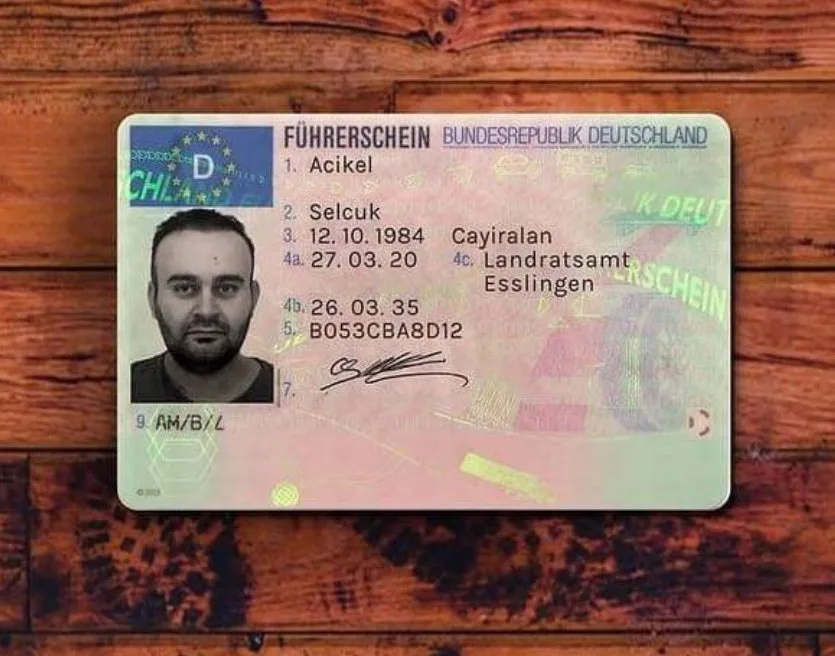The Ultimate Guide to Acquiring Your Driving License
Getting a driving license is an initiation rite for many people all over the world. It symbolizes self-reliance, duty, and the ability to navigate the world by yourself terms. Whether you are a teen eager to hit the road or an adult looking to embrace new chances, understanding the process of getting a driving license is important. This short article intends to direct you through the required actions and factors to consider for obtaining your driving license.
Action 1: Understand the Requirements

The requirements for obtaining a driving license can vary significantly from one region to another. Familiarize yourself with your regional Department of Motor Vehicles (DMV) or comparable authority's guidelines. Typically, requirements may consist of:
Age: Most locations require you to be a minimum of 16 years of ages to request a student's authorization and 18 to acquire a complete license.
Recognition: A government-issued ID or birth certificate is normally needed to show your identity and age.
Residency: You might require to offer evidence of residency in the jurisdiction where you are using.
Vision Test: A basic vision test is typically required to guarantee you can see well adequate to drive safely.
Action 2: Obtain a Learner's Permit
Before you can acquire a full driving license, you will typically require to start with a learner's permit. visit the following internet page allows you to practice driving under particular restrictions, generally while being supervised by a certified adult. The steps to get a student's permit normally consist of:
Pass a Written Test: Many locations require you to take a written or computer-based test covering the rules of the road and traffic signs. Studying your state's driver's handbook can be extremely valuable in preparing for this exam.
Application Fees: Be ready to pay a small application charge to obtain your student's authorization.
Obtain Supervised Driving Hours: There may be a minimum number of practice hours you require to log with a licensed driver, generally ranging from 20 to 50 hours.
Step 3: Enroll in Driver Education
Though not constantly mandatory, registering in a driver education course can be highly beneficial. These courses typically cover:
Theory Lessons: Understanding traffic laws, safe driving practices, and how to handle various driving scenarios.
Behind-the-Wheel Training: Practical driving sessions with a certified trainer, which can assist develop your confidence and skills.
Many states provide online courses, in-person classes, or a mix of both. Consult your DMV to see what alternatives are readily available.
Step 4: Practice, Practice, Practice
Once you have your student's license, it's vital to get as much driving practice as possible. Use the time to become comfy with:
Parallel Parking: An ability that typically turns up in testing.
Navigation: Understanding how to check out maps or use navigation devices.
Driving in Different Conditions: Gain experience driving in numerous weather and at different times of day.
Objective to practice a range of driving situations, consisting of city driving, highway driving, and rural driving to construct your skills.
Step 5: Schedule Your Road Test
When you feel positive in your driving abilities and have finished the needed practicing hours, you can schedule your roadway test. This test generally includes:
Pre-Drive Inspection: You may be asked to show your understanding of the automobile's controls and carry out a security check.
Driving Test: An examiner will accompany you in the car, evaluating your driving abilities, consisting of adherence to traffic laws, roadway positioning, and total control of the lorry.
Be sure to check what paperwork you require to give the test, such as your student's authorization and evidence of finished driver education, if appropriate.
Step 6: Pass the Road Test
If you successfully pass your roadway test, congratulations! You will receive your driving license. Nevertheless, if you do not pass, don't be prevented. Many locations permit you to retake the test after a waiting duration, giving you the opportunity to practice further and enhance your skills.
Step 7: Know the Post-License Responsibilities
When you get your driving license, it's important to understand your obligations as a driver. This consists of:
Complying With Traffic Laws: Always follow speed limits, use your seat belt, and avoid interruptions while driving.
Insurance coverage: Most areas require motorists to have car insurance, so be sure to understand what protection you require.
Renewal: Familiarize yourself with the process for restoring your license, which generally requires to be done every few years.
Conclusion
Acquiring your driving license is not almost passing tests; it's about promoting a lifelong mindset of obligation and security. By following these actions and appreciating the rules of the roadway, you'll not only acquire the freedom of the open roadway however also add to much safer driving environments for everybody. Delighted driving!
